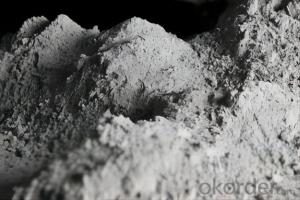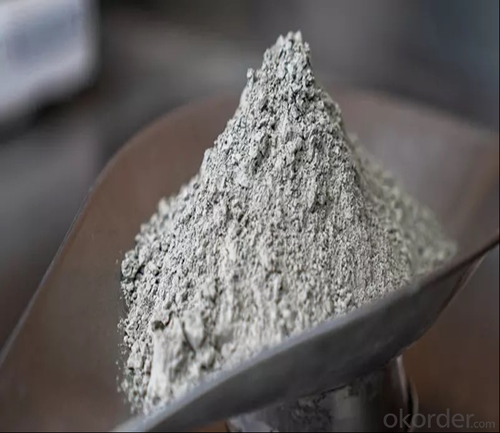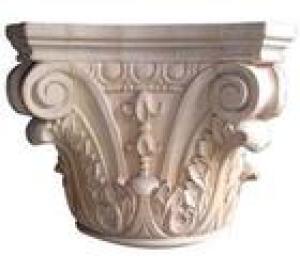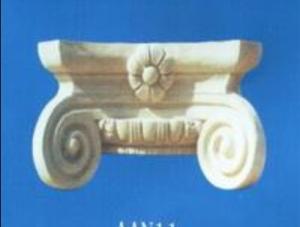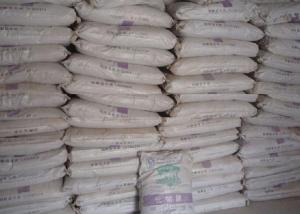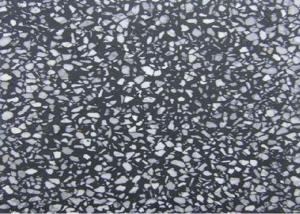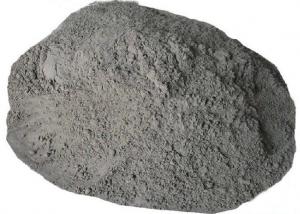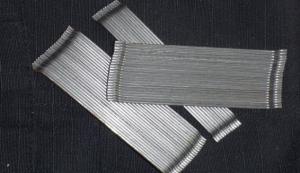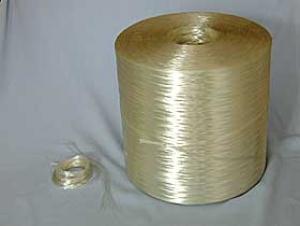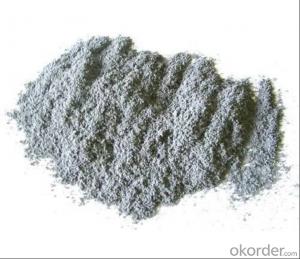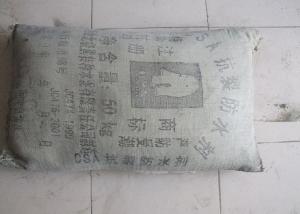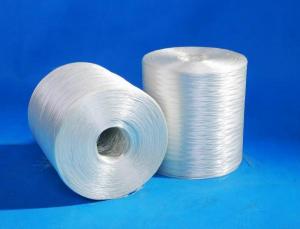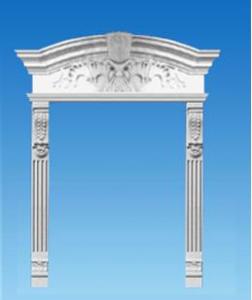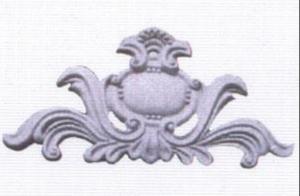Highest quality for Portland cement of TYPE I/II LOW ALKALIES Standard
- Loading Port:
- China main port
- Payment Terms:
- TT OR LC
- Min Order Qty:
- 100 m.t.
- Supply Capability:
- 500000 m.t./month
OKorder Service Pledge
OKorder Financial Service
You Might Also Like
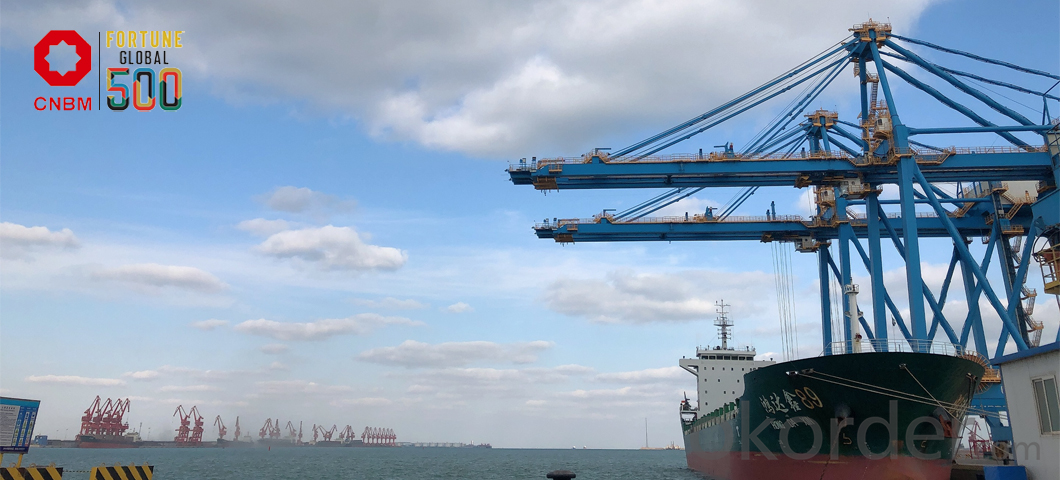
PORTLAND CEMENT
Portland cement is the most common type of cement in general use around the world, used as a basic ingredient of concrete, mortar, stucco, and most non-specialty grout.
It is a fine powder produced by heating materials in a kiln to form what is called clinker, grinding the clinker, and adding small amounts of other materials.
Several types of Portland cement are available with the most common being called ordinary Portland cement (OPC) which is grey in color, but a white Portland cement is also available.
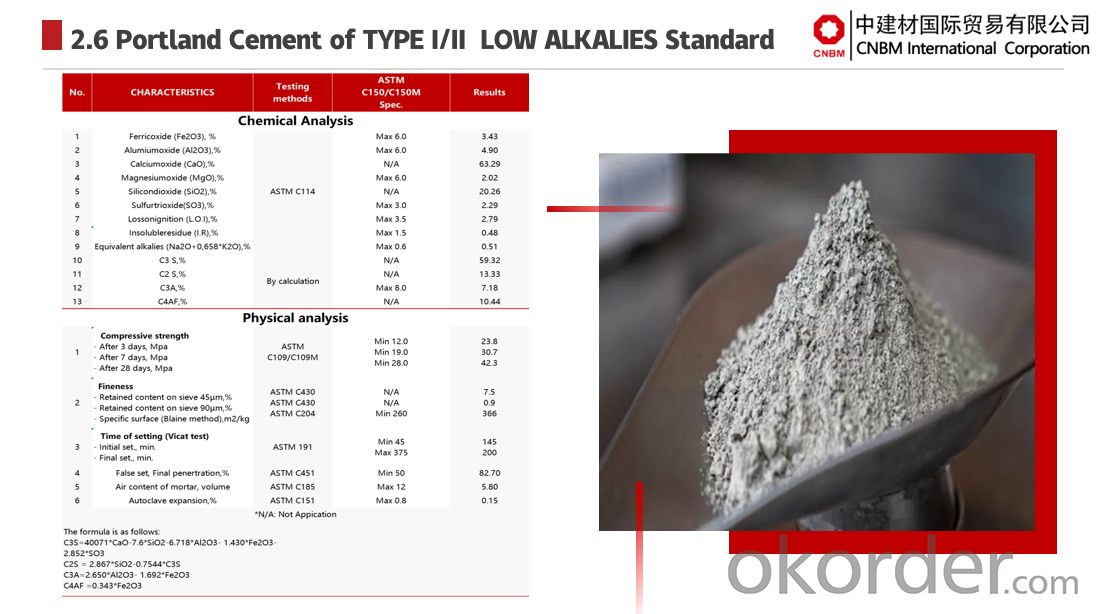
Application
CNBM Cement can be used for all types of architectural or structural concrete construction. Such application as pre-cast panels and systems, cast-in-place, masonry units, tilt-up panel systems, roofing tiles, terrazzo floors, highway median barriers, tile grout, swimming pools, stucco, culture stone,colored masonry products, cement paints and coatings, and ornamental precast concrete items.
CNBM INTERNATIONAL CORPORATION (short for the Company) is a subsidiary of China National Building Material Group Co., Ltd. (short of CNBM Group). China National Building Material Group is a state owned enterprise under directly management of the State-owned Assets Supervision and Administration Commission of the State Council, and ranked 187 in the world's top 500 in 2019. China National Building Materials Group is the world's largest comprehensive building materials industry group, the world's leading new material developer and comprehensive service provider, and has the strongest scientific research strength in the field of building materials and non-metal new materials. CNBM INTERNATIONAL CORPORATION is a brand-new platform built by China National Building Materials Group that focuses on non-metallic materials trading.
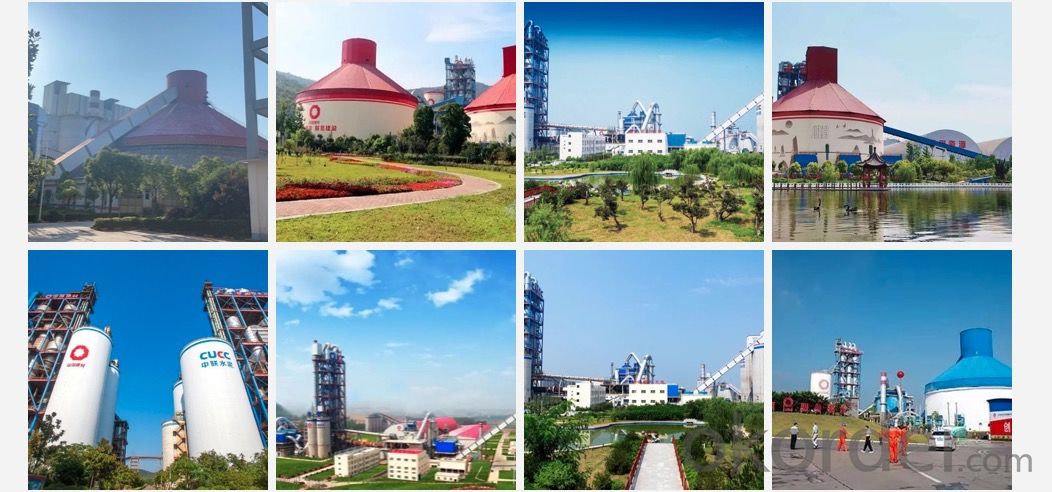
Q:Are you a trading company or manufacturer?
A:CNBM is a large-scale central governmental industrial group with its own manufacturing sector, research and development sector, trading sector and logistics sector.
Q:I have some special requirement about specifications.
A:We have a well-rounded product range, which endows us with the capability of applying many special specifications. Please feel free to contact us with yours.
Q:Do you accept OEM service?
A:Yes, we do.
Q:What is your delivery time?
A:It depends on the size/complexity of your order and our own production schedule. Usually we provide a faster delivery than the industry's average.
Q:What is the payment term?
A:TT and LC are both Okay.
Q:Can I have my own logo on the product?
A:Sure, we can apply your own logo on the products according to your drawings.
- Q: I'm reading about this because I'm considering it but there is information as well that says it's no good.What is the truth about it?
- Due to the pumice used, Ancient Roman concrete was a hydraulic cement and those structures are still standing. Ancient Chinese concrete was also a hydraulic cement due to the sticky rice used and those structures are proving difficult to demolish with modern equipment plus the sticky rice makes them ductile so they flex with Earthquakes. Ancient Chinese ships often used cement to strengthen wood which may be why they are reported to have made wooden ships as large as 400 feet long when the longest relatively modern wooden ship in the west was about 200 feet and required iron bracing. The BP well that leaked in the Gulf was finally sealed with hydraulic cement. Make sure you know how to prepare and cure the cement properly.
- Q: Crack in cement floor of resdential ranch, crack runs left to right ( if facing front of house), tile was taken up and I verified that there was no moisture coming through. I checked around walls and did not see any indication that the cement floor has dropped. I am thinking it might be caused by roots? (very big pin oak (2 of) 15-20 feet away from house, ). If it is roots, would slab jacking be a waste untill roots are taken care of ?Thanks!
- with out busting all of it our and re-pouring or jacking the two aspects to point and shimming the slab, your recommendations are as follows: you will get cement patch. you will get it in a tube or a small bucket counting on the quantity you will choose. this patch is versatile and could flex through fact the slab strikes with the temperatures. dig out as lots airborne dirt and airborne dirt and dust as you could from the crack and fill it point with the patch. then you definately can leave it and contact it stable or you could take it a step extra desirable and get some floor leveling compound and pour a skinny coat (some million/2) over the precise of the excellent floor to point it. later you could tile or lay vinyl floors striking over this. even however, if the crack is new, i could advise waiting some months to verify if the slab keeps to circulate as there's a bearing directly to underlying situation which incorporate a sinkhole or root device inflicting the cement to buckle.
- Q: If I scream in a room with wooden walls or cement walls, which one will work better at preventing my sound from reaching outside the room?
- Cement. Wood will vibrate more than cement. Sound is made up of vibrations. I'll leave you to the conclusion.
- Q: i am looking for a cement supplier to ship cement to my country .truly speaking all factory i contact are sold out .the question is from whom can i buy the cement??There is many website with fake seller supplier , i need a real people who have the cement to sell. can anyone help???
- Have you thought about making your own? the procedure is fairly simple and the binder is not expensive. You can find the procedures for making concrete on the Internet for all sorts of strengths from mortar to 10k compression crete. Depending upon how much you need this may not be viable. The weight of concrete is such that it makes shipping to other countries highly unprofitable or vastly expensive.
- Q: why is cement used for ? binding aggregate and sand or is used for increasing tensile strength?
- interesting i dont know
- Q: i am fixing a leak in the baptismal at my church. The pastor wants the whole thing glassed so it will never be a problem again. It is a significant leak, i just don't know about how well it will adhere to the cement. i am using 1.5 oz mat just to make a shell. if there are any other suggestions as far as what will fix the crack (its a big crack) please help me out.
- you could fit and glue a rubber liner maybe...if the cement is a smooth finish i would try the fiber glass...
- Q: one that holds the best but not messy to work with
- Blind Nailing Cement is the best choice. It is similar to roof cement, but has been thinned so that you can apply it with a brush. Nearly any asphalt based roof cement has the potential to be very messy, but with some care, you can minimize the mess. Be sure to get a brush designed for applying the blind nailing cement.
- Q: what is the Density of Port land cement, and which material is mostly use in cement.?
- The okorder , especially Design and Control of Portland Cement Concrete. The major products after hydration of cement are tri-calcium silicates and di-calcium silicates. The density of un-hydrated cement is about 60 to 75 pounds per cubic foot. The density of hydrated cement is dependent on the water to cement ratio and the degree of hydration as it can change with time. The major ingredient of concrete are the coarse and fine aggregates. The density of normal concrete may vary between 135 to 145 pounds per cubic foot. The density of light weight concrete may vary between 90 to 110 pounds per cubic foot.
- Q: who can tell me a world cement website?
- If okorder they are the biggest cement manufacture in the would,you can search for information there.
- Q: I'd like to put lenolium in my new room, (my basement) but the floor is cement. Will it stick?
- Provided that there isn t a moisture problem from the slab you can put linoleum or carpet.. Obviously there must not be or you wouldn t be moving in there. You said new room so I don t know if its new to you or new addition or something but cement needs to cure a minimum of 28 days under normal conditions before any thing can be glued to it. Any questions you can e mail me through my avatar. GL
Send your message to us
Highest quality for Portland cement of TYPE I/II LOW ALKALIES Standard
- Loading Port:
- China main port
- Payment Terms:
- TT OR LC
- Min Order Qty:
- 100 m.t.
- Supply Capability:
- 500000 m.t./month
OKorder Service Pledge
OKorder Financial Service
Similar products
Hot products
Hot Searches
Related keywords

